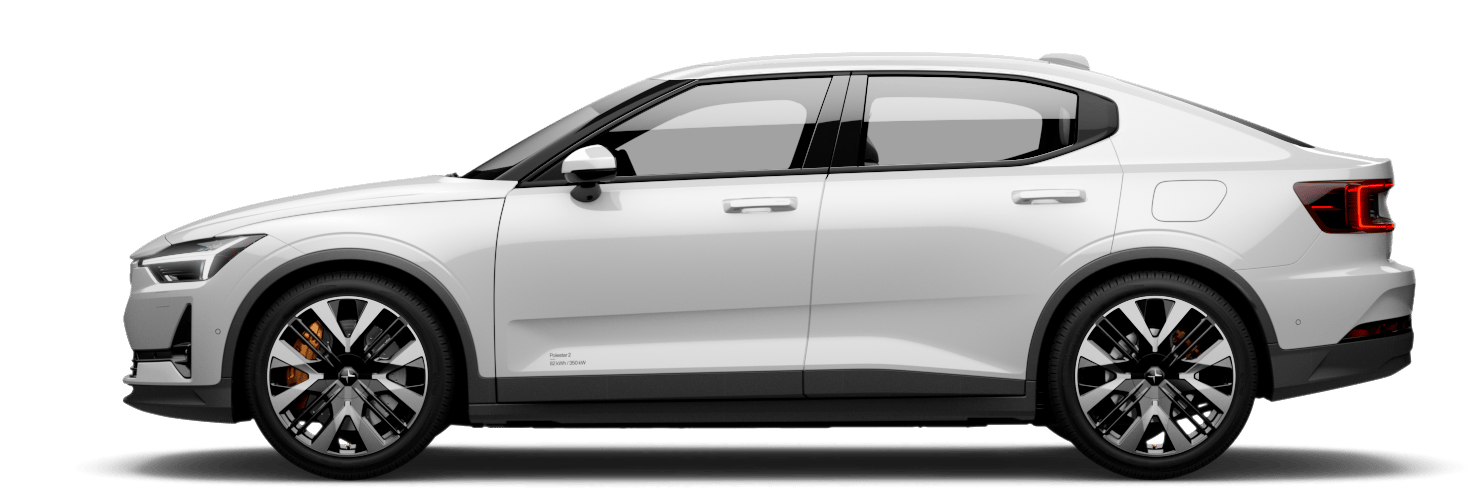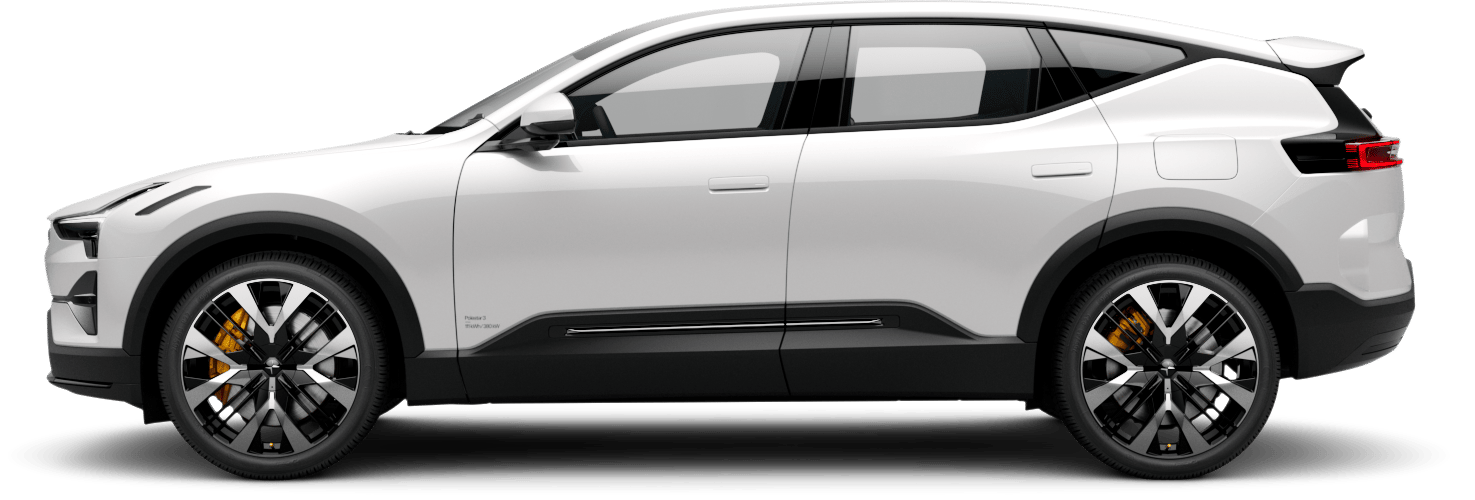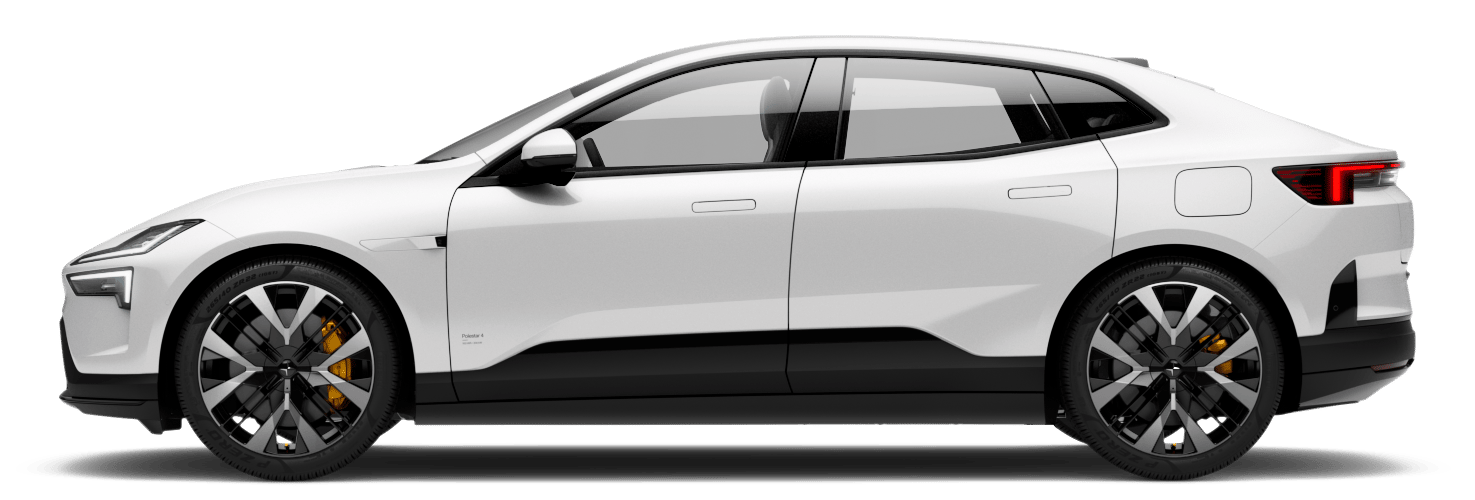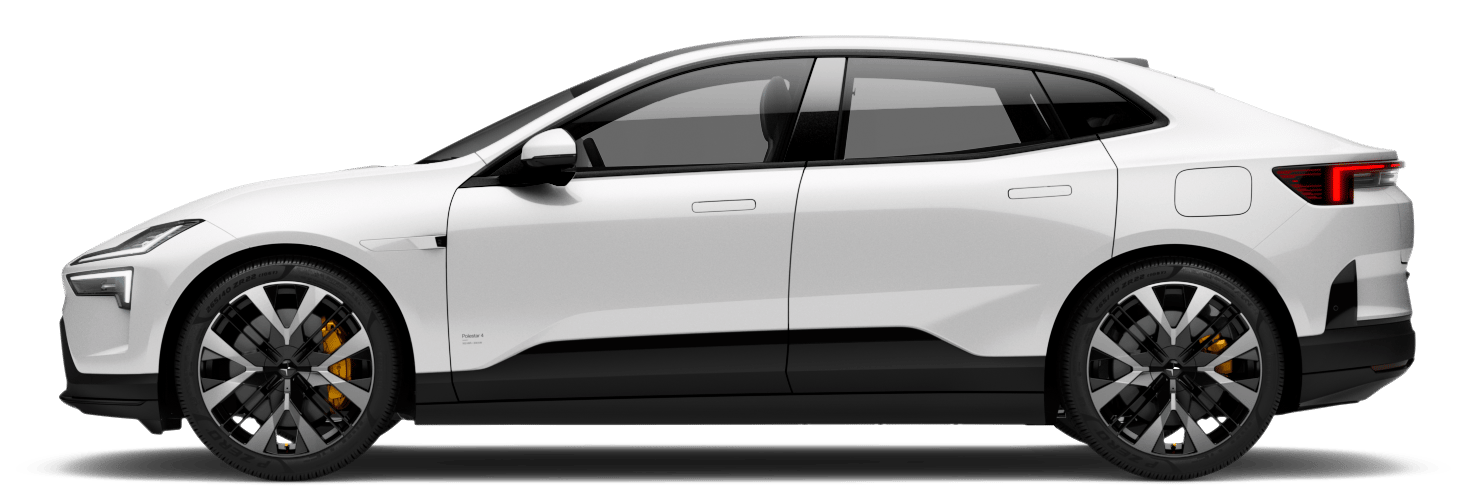Blind spot information
Blind spot alerts can increase your awareness of vehicles to the side of you, which can help you avoid making dangerous lane changes. The alerts primarily appear as a light in the door mirror on the side where a vehicle is detected. They rely on your vehicle's rear radar units for detection of vehicles in adjacent lanes.
- When you are being overtaken by another vehicle.
- Before the passing vehicle reaches your blind spot, in some cases. where a vehicle is quickly approaching from behind in an adjacent lane.
- When you are passing another vehicle.
Regardless of the situation, the alert remains on as long as the other vehicle is detected to your side.
If you start signaling a lane change while an alert is being shown, the alert will intensify.
Alerts in the door mirrors
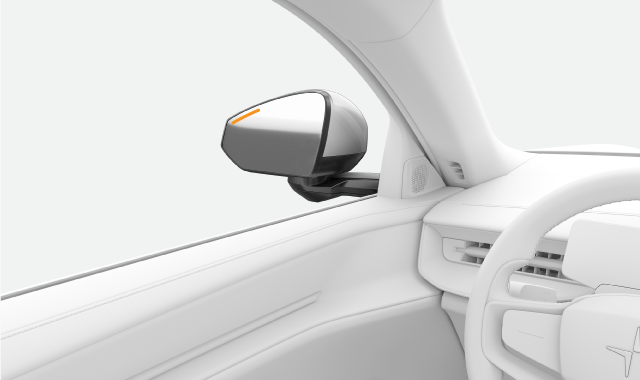
When a vehicle is detected in or approaching your blind spot, a light appears in the door mirror.
Communication in the instrument panel
When the instrument panel shows the surround display mode, blind spot information can be communicated using animations in the instrument panel.
Important
Using surround mode
Surround mode cannot perfectly depict what is really happening on the road around you, so do not rely on it when you are driving.
Detection areas
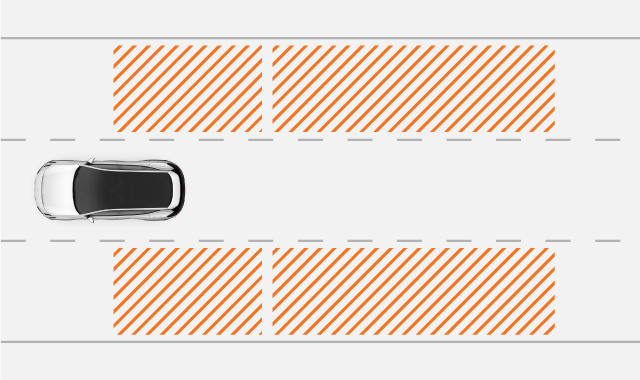
Important
Conditions and limitations
- Blind spot information is active at speeds above 10 km/h (6 mph). It is not available when reversing.
- When passing another vehicle, the speed difference between your vehicle and the other one must be less than 15 km/h (9 mph) for the alerts to appear.
- Blind spot information relies on detection by the rear radar units. Be sure to read the separate section of this manual about the limitations of radar detection.
- If the rear radar units are obstructed—for example, by an attached trailer or mounted bike rack—alerts about vehicles in your blind spots are automatically disabled.
Important
Driver responsibility
Alerts about vehicles in the blind spots are a supplement to safe driving practices. They do not reduce or replace the need for the driver to stay attentive and focused on driving safely.
The lack of a blind spot indication is not a confirmation that it is safe to change lanes. It is one of several pieces of information that inform the your assessment of whether it is safe to proceed.
